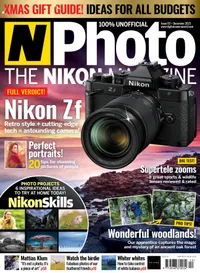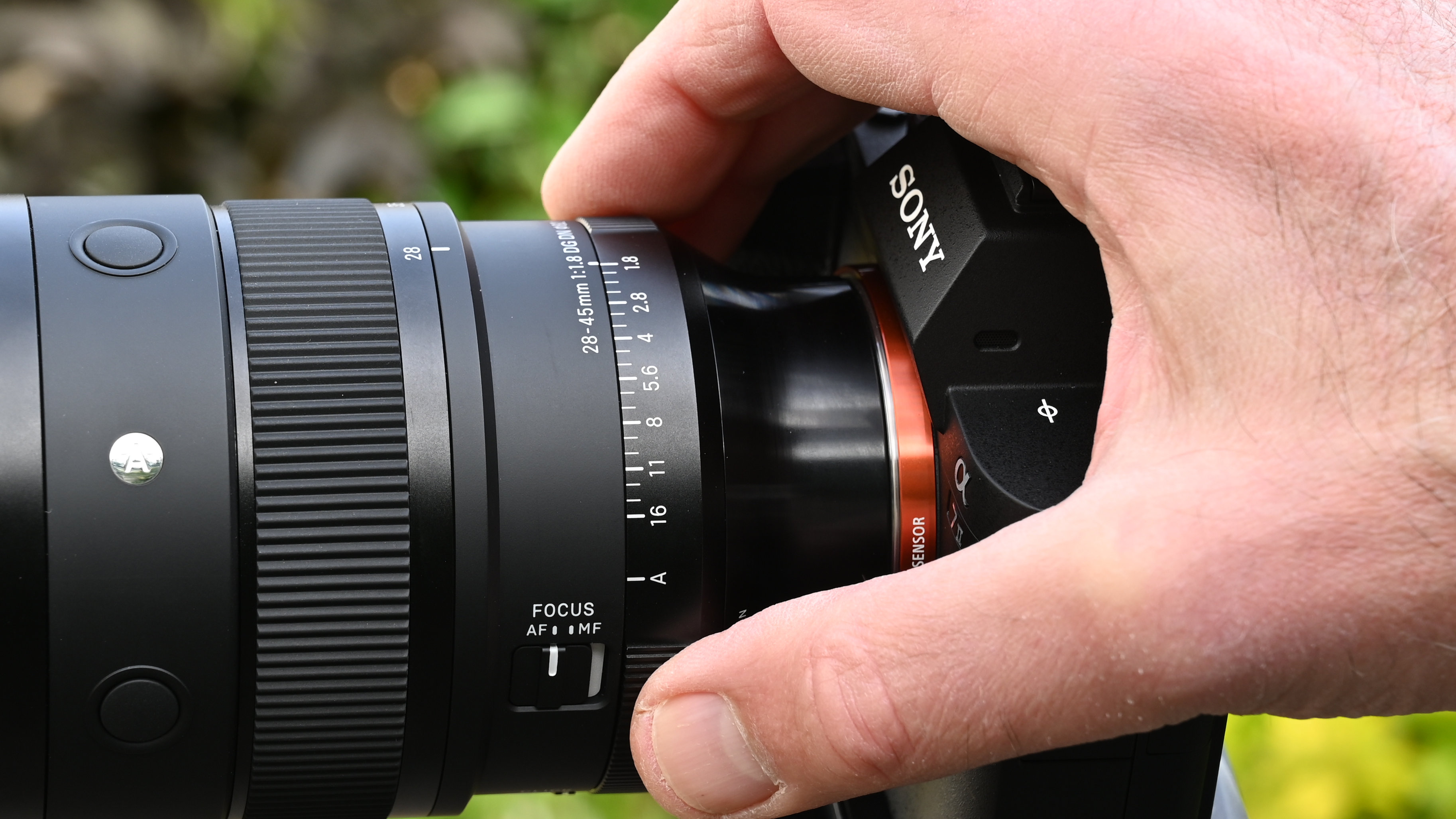How to fake a colour infrared images using Affinity Photo – N-Photo 157 video tutorial
Love the infrared look but don’t fancy converting your camera? Here's how to fake an 'IR' image in Affinity Photo
Trouble streaming the above video? View/download it here
Infrared light is all around us, yet we can’t see it. That’s because the visible spectrum that we are able to view is really only a very narrow band of the entire range of electromagnetic radiation we know as light. If you think of the colours of the rainbow – violet, indigo, blue, green, yellow, orange, red – each colour has a slightly different wavelength, and therefore a different speed.
Red visible light has the longest wavelength and is the fastest. But just beyond visible red light is infrared, which is faster still. While not visible to the eye, there are cameras and sensors that can detect and capture infrared light. If you have an old camera then you can get it converted to capture infrared – an irreversible process – for a few hundred pounds.
But if you’d rather not make permanent changes to your camera, it is possible to add an infrared look to any photo with a combination of tonal adjustments and filters. We can achieve the process in Affinity Photo with ease. Colour infrared photography creates a certain look in which green and yellow foliage becomes reddish and appears to glow, while blue skies become very dark.
As such, we can mimic the infrared look by changing the brightness of different colour ranges, then apply a glow filter to enhance the effect. We’ll walk you through the simple process here and, along the way, encounter key Affinity Photo tools including Channel Mixer controls, Live Filters and adjustment layers.
Download the project file(s) to your Downloads folder
N-Photo: The Nikon Magazine is a monthly magazine that's written by Nikon enthusiasts for Nikon enthusiasts, you can be sure that all the content is 100% relevant to you! So for the best Nikon-focused news, reviews, projects and a whole lot more, subscribe to N-Photo today – with our unmissable sub deal!
The best camera deals, reviews, product advice, and unmissable photography news, direct to your inbox!
The lead technique writer on Digital Camera Magazine, PhotoPlus: The Canon Magazine and N-Photo: The Nikon Magazine, James is a fantastic general practice photographer with an enviable array of skills across every genre of photography.
Whether it's flash photography techniques like stroboscopic portraits, astrophotography projects like photographing the Northern Lights, or turning sound into art by making paint dance on a set of speakers, James' tutorials and projects are as creative as they are enjoyable.
He's also a wizard at the dark arts of Photoshop, Lightroom and Affinity Photo, and is capable of some genuine black magic in the digital darkroom, making him one of the leading authorities on photo editing software and techniques.


